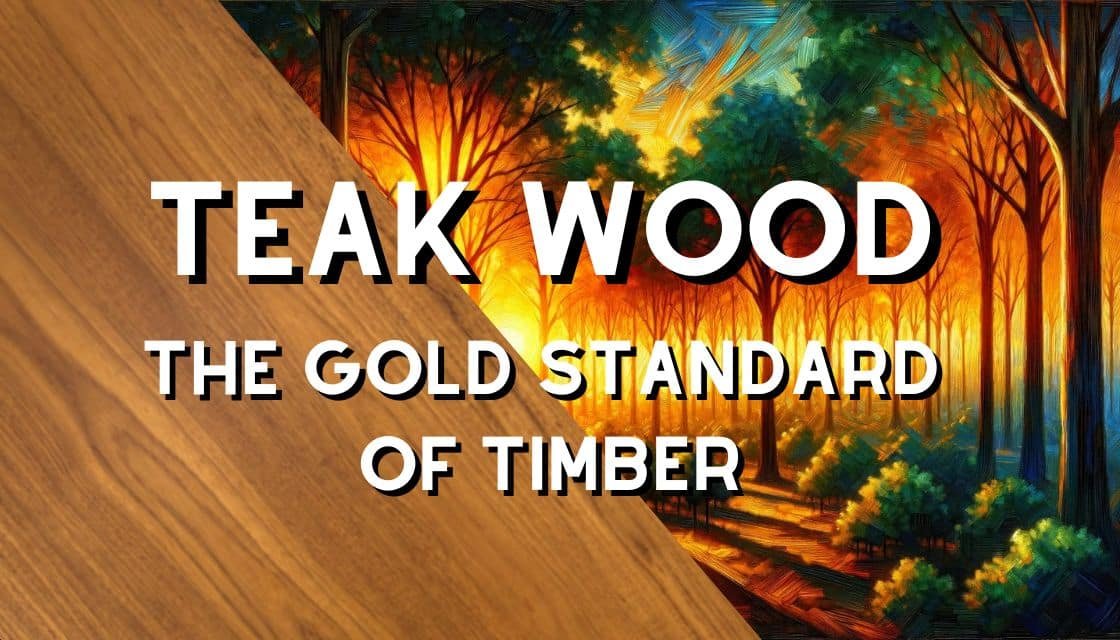
Welcome to a journey through the world of teak. This wood has lasted through time and weather. It has earned its title as the gold standard of timber. Let’s explore the essence, uses, economic impact, and sustainability of teak wood. We will look at each aspect to understand why it is so valued.
Table of Contents
Introduction
- The Allure of Teak: Beyond Just a Timber
Teak wood isn’t just another type of wood; it’s a legacy, enveloped in history, durability, and unmatched beauty. What makes teak so special? It’s not just one thing. It’s the mix of its unique features, versatility, and elegance that enhances any space.
- Unraveling the History: Teak’s Journey Through Time
The history of teak is as rich and complex as the wood itself. From ancient civilizations to modern luxury yachts, teak has been a constant symbol of strength and beauty. Its journey started in the dense forests of Southeast Asia. It then moved to global markets. This path tells a story about human civilization and trade. It also reflects the constant search for quality.
Part I: The Essence of Teak Wood
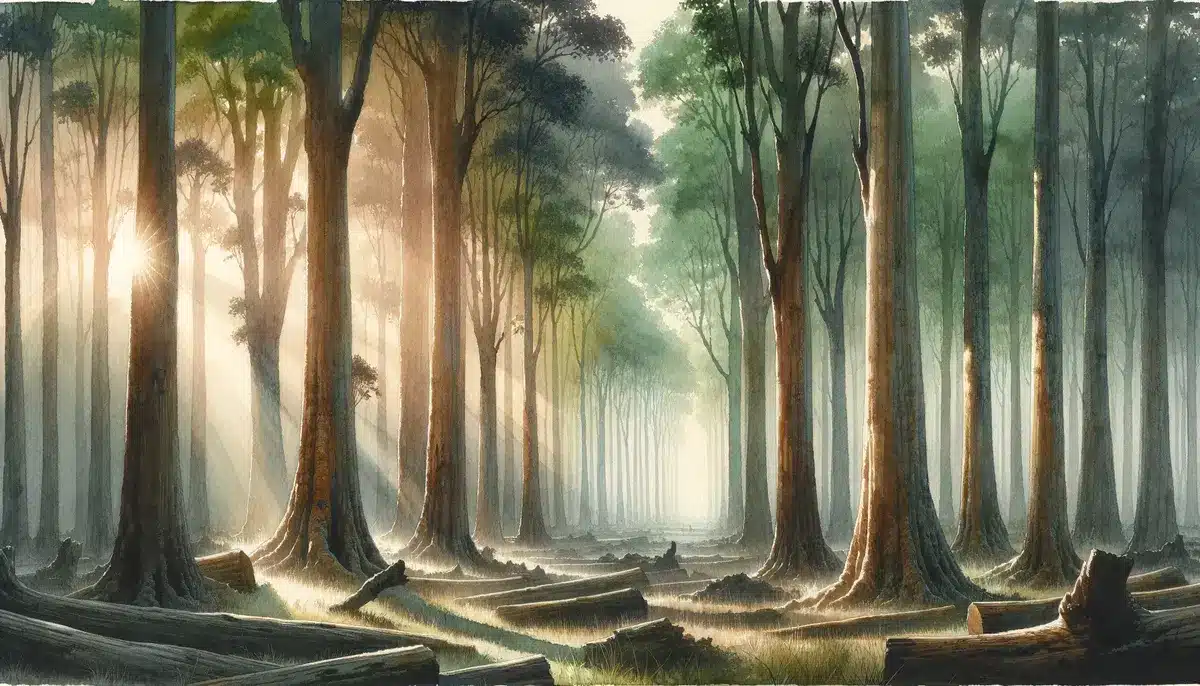
A. Comprehensive Characteristics of Teak Wood (Tectona grandis)
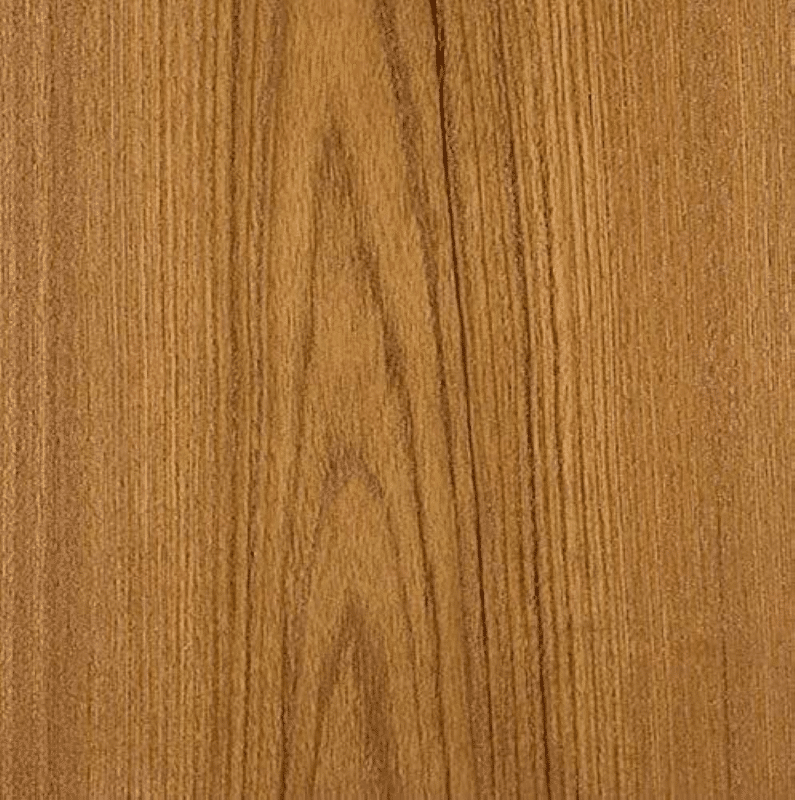
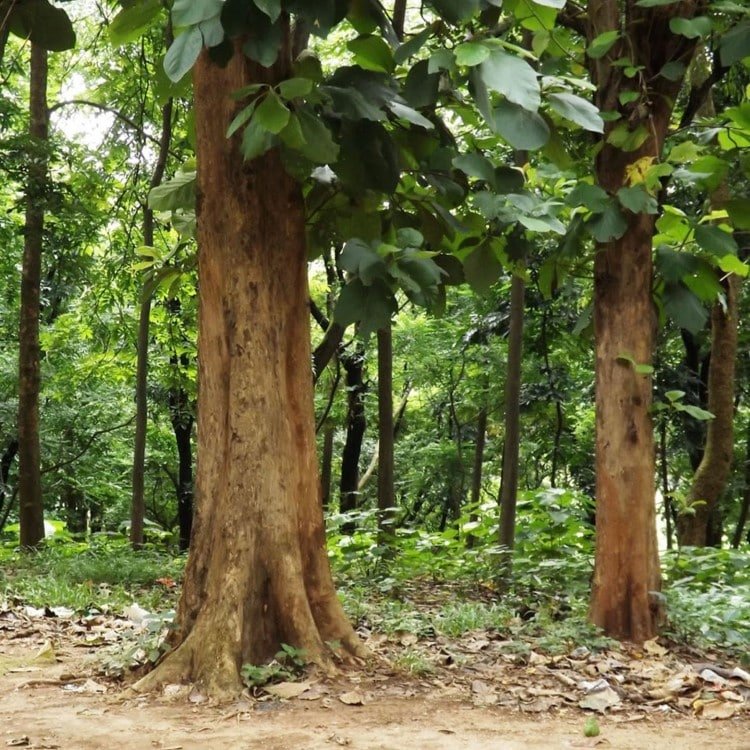
| Characteristic | Description |
|---|---|
| Common Name(s) | Teak, Burmese Teak, Genuine Teak |
| Scientific Name | Tectona grandis |
| Distribution | Native to Southern Asia (India, Myanmar, Thailand, Laos). Cultivated in plantations throughout tropical regions of Africa, Asia, and Latin America. |
| Tree Size | 100-130 ft tall (30-40 m), 3-5 ft diameter (1-1.5 m) |
| Average Dried Weight | 40.9 lbs/ft³ (655 kg/m³) |
| Specific Gravity (Basic, 12% MC) | Basic: 0.55, 12% MC: 0.65 |
| Janka Hardness | 1,155 lbf (5,140 N) |
| Modulus of Rupture | 15,200 lbf/in² (105 MPa) |
| Elastic Modulus | 1.64 x 10⁶ lbf/in² (11.3 GPa) |
| Crushing Strength | 6,840 lbf/in² (47.2 MPa) |
| Shrinkage | Radial: 2.2%, Tangential: 5.3%, Volumetric: 7.6%, T/R Ratio: 2.4 |
B. The Most Important Features Of Teak Wood
- The Anatomy of Teak: Understanding Its Unique Structure
Teak wood is renowned for its dense grain, high oil content, and natural ability to resist pests and decay. This special structure gives teak its great durability. It also gives teak its unique, rich golden-brown color that ages well over time.
- Durability Unmatched: The Longevity of Burma Teak Wood
One of the most compelling reasons for teak’s popularity is its longevity. Teak furniture can last for decades, even centuries, with minimal care. Its resistance to rot, mold, and termites makes it an ideal choice for outdoor furniture and boat decks.
- Resistance Is Key: Teak’s Battle Against Elements and Pests
Teak has natural oils that make it almost waterproof. This is why it is a popular choice for outdoor furniture and boat building. This resistance extends to pests, as the wood’s dense structure and natural oils deter termites and other wood-boring insects.
C. The Aesthetic Appeal of Teak
- The Warmth of Colors: Teak’s Palette
Teak naturally exhibits a stunning range of colors, from a light golden hue to a deep, rich brown. Over time, if not treated, teak will turn a silvery-gray color. Many people admire this natural look.
- From Grain to Shine: The Textural Beauty of Burmese Teak Wood
The grain of teak wood is another of its prized characteristics. Its straight grain, occasionally interspersed with wavy patterns, adds depth and character to furniture, making each piece uniquely beautiful.
Part II: Teak Wood Across the Globe
A. Geographic Distribution
- Native Lands: The Original Habitats of Teak
Teak trees (Tectona grandis) come from South and Southeast Asia. They grow well in countries like India, Thailand, Burma, and Laos. The tropical climate of these regions provides the perfect conditions for teak to grow.
- Teak’s Global Journey: How It Became Worldwide
Teak started in Asia and has spread around the world. It is popular for making furniture, ships, and more. Today, teak plantations can be found in Africa, the Caribbean, and Latin America, contributing to the global supply.
B. Cultivation and Sustainability
- The Cultivation Process: From Seed to Timber
Growing teak is a long-term commitment. It can take up to 50 years for a teak tree to mature fully, but the wait is worth it. The cultivation process, from seed selection to planting and tending, is critical to producing high-quality timber.
- Sustainability Efforts: Ensuring Teak’s Future
With the rising demand for teak, sustainability has become a key concern. Efforts are underway to ensure that teak cultivation does not come at the expense of natural forests. Sustainable forestry practices, including responsible plantation management and reforestation, are vital for the future of teak.
Part III: The Uses of Teak Wood

A. Traditional Uses
- Built to Last: Teak in Construction and Architecture
Historically, teak has been used in construction and architecture for its strength and durability. From ancient temples to modern homes, teak has provided a foundation of beauty and resilience.
- The Craft of Furniture: Teak’s Role in Fine Woodworking
Teak’s most celebrated use is in furniture making. Its workability, coupled with its natural beauty and durability, makes it a favorite among craftsmen and consumers alike. From ornate heirlooms to minimalist modern designs, teak furniture is a testament to timeless elegance.
B. Modern Applications
- Beyond Basics: Innovative Uses of Teak in Today’s World
Today, teak’s applications extend beyond traditional uses. It is used in luxury car interiors, high-end flooring, and eco-friendly materials in modern buildings. This shows its versatility and lasting appeal.
- Teak in Maritime Ventures: Why It’s the Sailor’s Choice
The maritime industry’s love affair with teak dates back centuries. Its resistance to rot and water makes it ideal for boat decks, railings, and trim. Teak not only stands up to the harsh marine environment but also adds beauty and value to any vessel.
Part IV: The Economic Impact of Teak
A. Teak Wood in the Global Market
- The Value of Teak: Economic Implications
Teak is not just a wood; it’s an investment. Its high demand and low supply have made it one of the most valuable types of wood. This has greatly affected the economies of countries that produce teak.
- Trade Winds: The Export and Import of Teak Wood
The global trade of teak plays a crucial role in the economies of many countries. The export of teak helps the GDP of countries like Myanmar and Indonesia. Imports meet the high demand in Western countries.
B. Challenges in the Teak Industry
- Legal and Illegal Trade: The Thin Line
The high value of teak has led to illegal logging and trade. This creates big challenges for the industry. Efforts to combat illegal teak trade include international agreements and certification schemes like the Forest Stewardship Council (FSC).
- Price Fluctuations and Market Dynamics
The teak market changes because of supply and demand, rules, and the global economy. These changes can impact the price of teak furniture. They can also affect the lives of people who rely on teak forestry for their income.
Part V: Conservation and Ethical Considerations
A. Environmental Impact
- Deforestation Concerns: The Shadow Over Teak’s Legacy
The demand for teak has led to concerns over deforestation and the loss of biodiversity. Protecting natural forests while meeting the demand for teak requires a delicate balance and commitment to sustainable management practices.
- Reforestation and Sustainable Management: Light at the End of the Tunnel
Efforts to mitigate the environmental impact of teak cultivation include reforestation projects and sustainable forestry practices. These initiatives aim to ensure the long-term viability of teak forests and the ecosystems they support.
B. Ethical Sourcing
- Certifications and Standards: Ensuring Ethical Practices
To address worries about the environmental and social impacts of teak production, certification programs have been established. One example is the FSC. These certifications assure consumers that the teak they purchase has been sourced ethically and sustainably.
- The Role of Local Communities in Teak Production
Sustainable teak production also involves supporting the livelihoods of local communities. By involving communities in the cultivation and management of teak forests, the industry can contribute to local economies while promoting social responsibility.
Part VI: Teak Wood Maintenance and Care
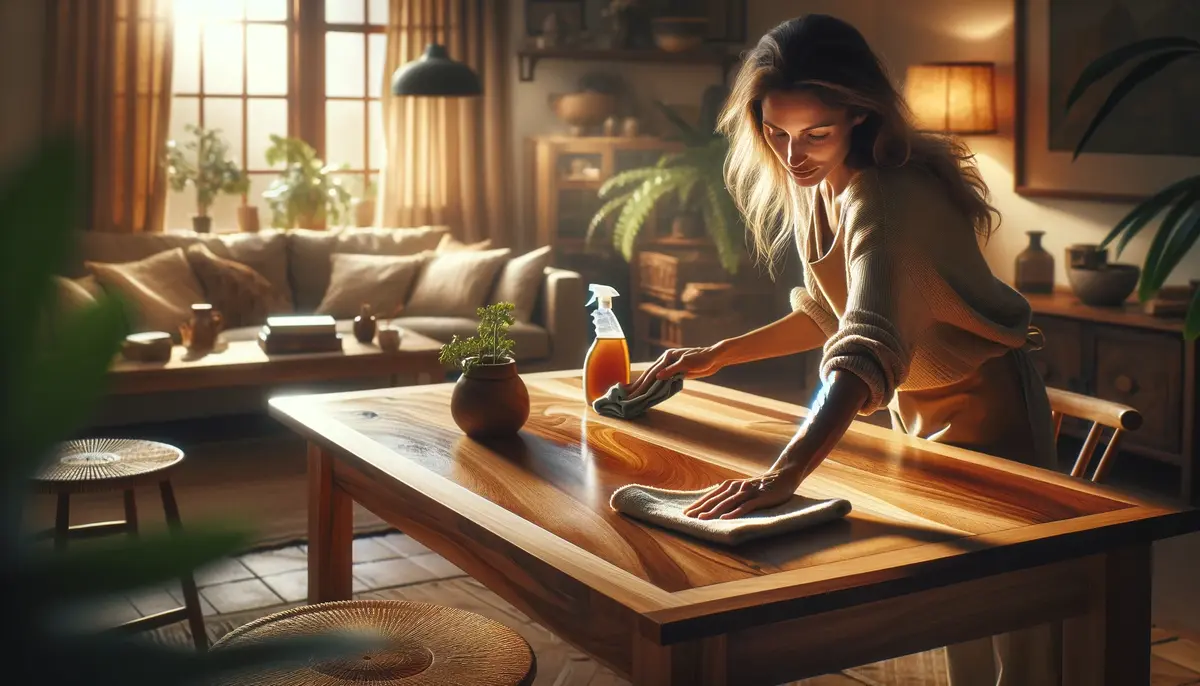
A. Maintenance Basics
- Preserving the Beauty: Tips for Teak Care
Essential Tips:
Clean Regularly: Use a soft brush and soapy water.
Sand Smoothly: Lightly sand with fine-grit sandpaper for maintenance.
Apply Teak Sealer: Once a year to protect and maintain its color.
Cover/Store: Especially in harsh weather conditions.
Use Teak Oil Sparingly: To replenish natural oils, especially in dry climates.
What to Avoid:
Harsh Chemicals: They can damage the wood.
Pressure Washing: Can be too aggressive and harm the surface.
Unnecessary Painting/Staining: Teak’s natural beauty is best left as is.
Neglecting Inspection: Check for and address mold, mildew, or pests promptly.
Direct Heat: Always use coasters or mats to prevent marks.
- The Do’s and Don’ts of Teak Wood Maintenance
When it comes to caring for teak, there are a few key things to remember. Do keep it clean and dry, but don’t over-oil or expose it to harsh chemicals. Understanding the proper care techniques is essential for maintaining the teak’s natural beauty.
B. Restoration Techniques
- Bringing Teak Back to Life: Restoration Practices
Over time, teak may show signs of wear or weathering. With the right restoration methods, you can bring old teak back to its original beauty. This will restore its natural color and texture.
- DIY vs. Professional Restoration: Making the Right Choice
While some teak restoration projects can be DIY, others may require a professional touch. Knowing when to call in the experts can save time and ensure the best results for your teak pieces.
Conclusion
Teak wood comes from the green forests of Southeast Asia. It is used for luxury yachts and fine furniture worldwide. This shows how popular teak wood is. Its combination of beauty, durability, and versatility has made it a favorite among craftsmen and consumers alike. As we face the challenges of sustainability and ethical sourcing, the future of teak looks bright. It promises a legacy that will enrich our lives for many generations.
FAQs
-
Is teak wood sustainable?
Yes, teak wood is considered a sustainable material due to the regulated harvesting practices in place. Many countries have laws and regulations to ensure responsible forestry management for teak wood.
-
What makes teak wood so valuable?
Teak wood is highly valued for its natural durability, strength, and water resistance. It has a nice color and a unique grain pattern. This makes it a popular choice for furniture and decorations.
-
Can teak wood be used outdoors?
Yes, teak wood is commonly used for outdoor furniture and structures due to its resistance to rot and decay. It weathers beautifully over time and requires little maintenance.
-
How should I care for my teak wood products?
Teak wood can be cared for by periodically cleaning it with soap and water to remove dirt or grime buildup. Some people prefer to use special oils or sealants to protect the surface of their teak wood products.
-
Is teak wood expensive?
Yes, compared to other types of wood, teak can be more expensive due to its popularity and scarcity. However, its long lifespan and natural beauty make it worth the investment for many buyers.
-
What makes teak wood resistant to water and decay?
Teak has natural oils and a dense grain. This gives it strong resistance to water, decay, and pests. Because of this, it is great for outdoor and maritime uses.


